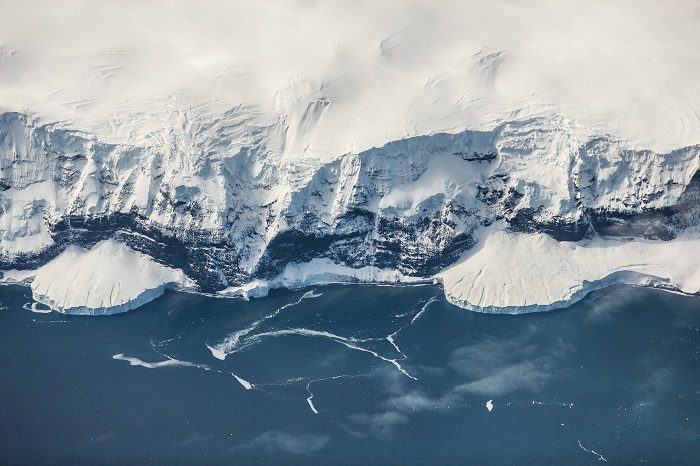Earth is fueling some underground heat that threatens the Thwaites Glacier, well-known Antarctica’s Doomsday Glacier.
Recent research indicates that the atmosphere and the warming ocean are the only culprits dragging Thwaites closer to collapse. Now, the inner Earth is also to blame.
Here is what you need to know.
Doomsday Glacier’s Future is Bleak: What to Expect
Earth’s core releases so much heat that Antarctica’s Doomsday Glacier is now closer to collapse than ever. And as if it wasn’t enough, West Antarctica is now one of the fastest-warming regions on our planet.
Research insights
A team of researchers discovered that the layer underneath West Antarctica is now much thinner than in East Antarctica, approximately 17 to 25 kilometers (10 to 15 miles) thick. Such a thing exposes the Thwaites Glacier to more geothermal heat than ever!
“Large amounts of geothermal heat can, for example, lead to the bottom of the glacier bed no longer freezing completely or to a constant film of water forming on its surface,” explained Karsten Gohl, the research co-author, and a geologist at AWI.

What will happen to the Doomsday Glacier?
If Antarctica’s Doomsday Glacier were to collapse into the ocean, Earth would meet the worst-case scenario.
The global sea levels would increase up to around 65 centimeters (25 inches), wrecking coastline communities worldwide. And that’s not all.
Without the Thwaites Glacier filling the edge of the West Antarctic Ice Sheet, ice loss could rise dramatically in the whole region, triggering some unusual levels of sea-level rise. Besides the surging global warming and climate change, that would be just another gruesome event Earth could experience.
However, a major international research project, including missions to dig ice cores that extend down to the bed of Antarctica’s Doomsday Glacier, is now underway at the South Pole. Such missions can help researchers make better predictions and measurements.













Leave a Reply